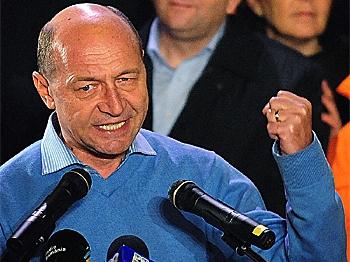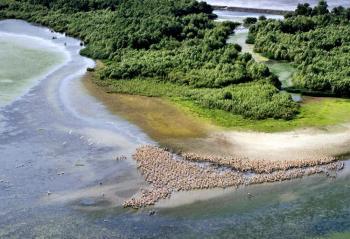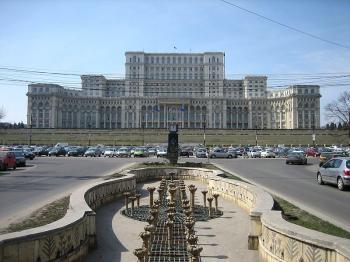Located in the Apuseni Mountains of west central Romania, the Rosia Montana Gold Corporation (RMGC) project would have become Europe’s largest open-pit gold mine if the Toronto-based Gabriel Resources were given free reign. But thanks to widespread opposition and a court challenge by Alburnus Maior, a local community group, the Romanian government halted the approval process, forcing RMGC to reconsider its mining plans and scale back activities.
For the project to be economically feasible, the Rosia Montana valley, the oldest documented settlement in Romania, would have to be carved into four open-pit mines. The neighbouring valley of Corna would be transformed into an unlined cyanide storage “pond” covering a surface area of up to 600 hectares (1,482 acres), held back by a 180-meter high dam. The pits would generate roughly 196.4 million tons of cyanide-laced waste.
In an effort to gain public support for the project, RMGC plans to start a mass advertising campaign. The company features a prominent section on their website called “Our Right to Reply,” attempting to mend the company’s image, bruised by public perception of unscrupulous mining plans. The campaign is scheduled to last at least three years and has already received a negative response from environmentalists who challenge the mining project.
Because of the campaign, the corporation has become one of the major clients in the Romanian advertising market, especially at a time when many companies are reducing their marketing budgets.
The mine would employ a workforce of 250 to 300 people over its estimated 15 year lifespan, according to the International Finance Corporation (IFC), the World Bank’s private lending arm.
The project has also been heavily criticized by a group of 83 economics professors from Romania’s prestigious ASE University, as well as by a panel of international archaeologists who are concerned about the project’s destructive impact on the area’s unique Roman mine galleries and other archaeological sites.
Should the mega-project fully develop, more than 2000 people would be displaced—many of them farmers who’ve never left their land—and nearly 900 homes would be torn down.
The company states on its website that Romania’s Rosia Montana region has been characterized by “economic decline, environmental degradation, cultural distress and community anxiety” for decades, and that their mine will have a positive impact on the citizens of the region.



